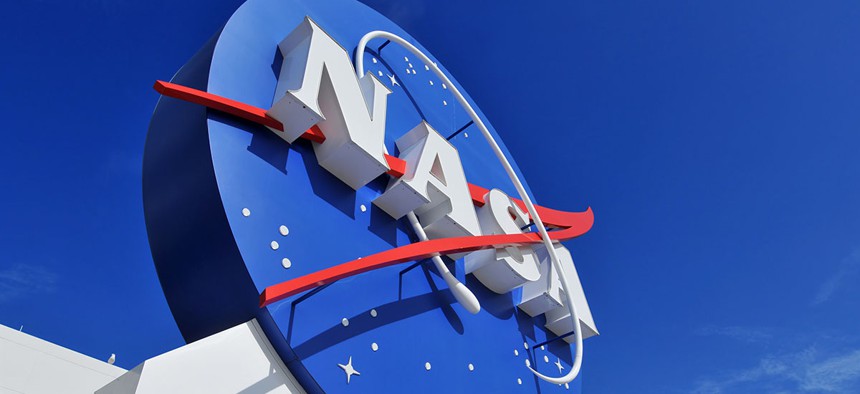NASA’s Scientists Formed a Club to Dream Up Uses for AI Like Self-Replicating Robots and Harpooning Comets

Edwin Verin/Shutterstock.com
Some ideas developing in the lab are so far-flung, the brains behind them don’t want to involve the agency’s top brass at all.
Many of the projects at NASA’s Jet Propulsion Lab are considered “moonshots,” but some ideas developing in the lab are so far-flung that the brains behind them don’t want to involve the agency’s top brass at all. At least not yet.
To conjure up ideas outside of the space agency’s regular mission cycle, top minds from JPL’s artificial intelligence research teams have formed an informal group to talk about the big questions, like how autonomous robots could help space exploration around distant stars and methods for leveraging huge celestial bodies to carry our AI around the solar system.
“We have a little skunkworks project here at JPL that we call ‘AI moonshots,’ which has nothing to with the moon,” JPL AI head Steve Chien tells Quartz. “It has to do with a bunch of AI people thinking about ‘What are ways we can have tremendous impact on NASA’s mission?'”
Chien says they’ve discussed concepts like robots that can convert near-Earth objects like asteroids into antennas; robots that self-replicate by using found materials to 3-D print new robots; autonomous exploration of still-undiscovered Planet 9; and even hitchhiking on passing comets.
NASA spacecraft already work with some autonomy, Chien says, and building fully-autonomous models isn’t necessarily a technical limitation—being able manually control the spacecraft’s movement ensures good science. By checking in every few days with a spacecraft, NASA scientists can make adjustments or further investigate an interesting sector of space.
If something abnormal appears when scientists aren’t monitoring the mission—because of, say, the temporary positioning of planets—some spacecraft like the Mars Curiosity Rover can carry out their own independent research, like inspecting rocks they find abnormal. The autonomous system can’t fulfill the entire mission with the planning and precision of NASA scientists, but it can be thought of like super-advanced cruise control in a car.
These systems work well within the confines of our solar system, where the time of communication between Earth and spacecraft is only measured in minutes. But when sending robots on potential interstellar missions, that will be impossible. Round-trip communication with Milky Way’s closest neighbor, Alpha Centauri, would be about nine years, Chien says.
“What would an interstellar mission look like from an AI standpoint?” Chien says, quickly rattling off a short list of hurdles that make autonomous interstellar exploration difficult. “What do you do? How do you survey the planets, how do you decide which one to get into orbit [around], how do you get into orbit? While we’re making things up, what if you had some drones you could drop into orbit? If it’s an ocean world, maybe things are submarines—how do you coordinate [those drones’] observations with the orbital asset keeping in mind that it’s all autonomous? Keeping in mind that we don’t know what the ocean is made of.”
The AI group, made of about half a dozen scientists from different teams around JPL, sometimes riffs on ideas from NASA’s more formal project pipelines, like the NASA Innovative Advanced Concepts program. For example, NIAC has this notion of hitching a ride on a comet to travel through space—but it’s only really possible with autonomous systems, Chien says.
“Let’s just go completely nuts and say a comet is coming in from the Kuiper Belt. If you harpoon it with a very elastic tether, and then you hitch a ride on it, then you have an in-situ thing sitting on an object going in a crazy elliptical orbit, god knows when it’ll come back. How do you control that? It’s gotta be AI. It’s gotta be autonomous to observe, because your [communication] is going to very intermittent and you may not even get the data back until you come back around,” Chien says.
None of the group’s ideas have been formalized yet, but Chien said if they believe something is really worthwhile, management will bring it to the next level up in the agency.
“There’s a lot of interesting philosophical questions about how insane the idea has to be before you start taking it the next level,” Chien said. “We’re interested in something well beyond NIAC… We’re interested in getting an idea that we’re pounding the table to make this an actual mission.”


